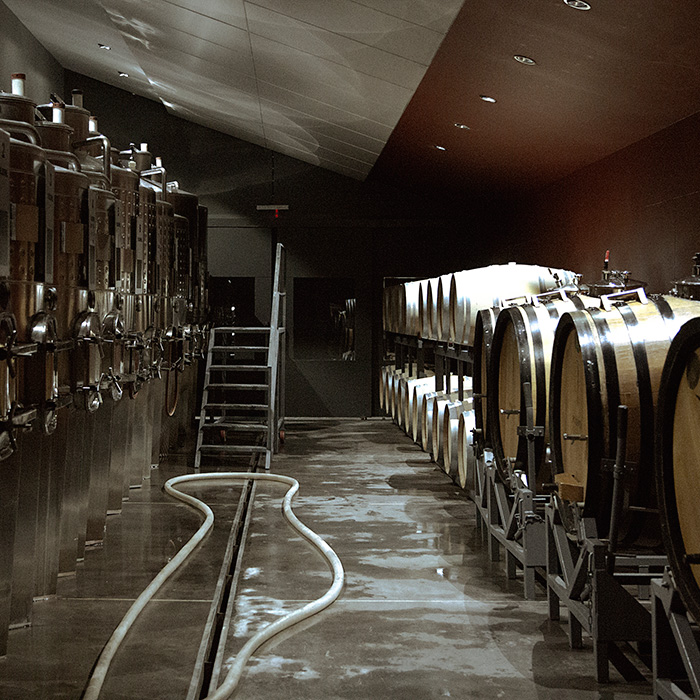Will there ever be another ‘bad’ vintage? Nay
Author: Chris Lamb
The term ‘vintage’, derived through the French word vin, literally translates to the year the grapes were harvested, relating to the vegetative cycle of the vine, and is one of the most important aspects of oenology. Subject to the whims of Mother Nature, it is near impossible to declare that there will never be a bad vintage again; however, depending upon one’s perception of what constitutes a bad vintage, good wines can still be produced.
Weather during the growing season is key in determining the quality of a vintage. A bad year may constitute excess rain, leading to rot; severe frosts or hail, destroying grapes, canopies, or entire vineyards.
Viticulturists closely monitor climate, pests and diseases, using this knowledge to decide whether or not to implement respective practises such as canopy management, irrigation, green harvesting or vine training, all of which help alleviate the effects of bad weather. Picking earlier in warmer weather will help retain acidity and reduce potential alcohol, while picking later in cooler vintages will increase ripeness levels and aid fermentation.
Thanks to the modernisation of technology in the winery, winemakers are now able to produce their desired style of wine with almost any quality of must. For instance, in warm climates, where excess heat is a problem, grapes may be over-ripe, with potential alcohol exceeding 15 percent: a process called reverse osmosis can be employed to reduce alcohol content, without harming other attributes of the wine. In cooler climates, this technique can also be used to reduce water content, concentrating the must and increasing potential alcohol.
In difficult vintages such as Bordeaux’s 1988, 1994, 2002 and 2004s, where the combination of excess rain and not enough sunshine hours resulted in wines with lower alcohol and a greener character, maturation in bottle can help redistribute the wine’s components; allowing for a more balanced style which will provide enjoyment at a later stage. I was fortunate to visit Ch. du Terte last June, and while there, Alexander van Beek, General Manager of the estate, served us a bottle of 1988 Ch. du Tertre blind. Its age was evident, but the wine held up very well and displayed a lovely elegance: even Alexander himself was impressed by how it had evolved in bottle.
In regions such as Burgundy and Beaujolais, some producers include whole bunches and stems in the fermentation, which is said to add body in cooler, more acidic vintages, and offer a degree of freshness in warmer, riper years. The 2007 vintage was notably difficult for red Burgundy, with an incredibly early harvest for many. That said, the wines produced are good for drinking now, possessing a lovely purity of fruit, velvety tannins and a medium weight. While Burgundy’s weather can prove temperamental, there are producers who never fail to impress, regardless of the vintage conditions – one such producer is Domaine Michel Lafarge, a small family-run domaine in Volnay, for whom I have the utmost respect.
Vintage variation is common throughout most of the winemaking world; yet, generally speaking, there have been more good vintages than bad in recent years.
This is thanks in part to favourable weather: global warming has been good for the cooler wine regions, such as Germany, England and Champagne. Warmer parts of the Old World, like southern Italy, and much of the New World enjoy consistent weather; although hail can occasionally take its toll (for example in the Malbec-dominated Mendoza), in which case producers cover their vineyards with nets to reduce the damage.
Many producers refer back to the old maxim that ‘you need good grapes to make good wine’, or, ‘great wine is made in the vineyard’. Enjoy is a strong word, but perhaps winemakers like the challenge of making wines in lesser vintages, as it gives them the opportunity to flex their vinification skills. If every vintage were perfect, I’m sure winemakers would find it rather tiresome.
Depending upon your point of view, there may be poor vintages to come, with considerably reduced yields, yet the quality of wines produced in these years is constantly improving, and exceeding expectations: let us praise those talented vignerons.



